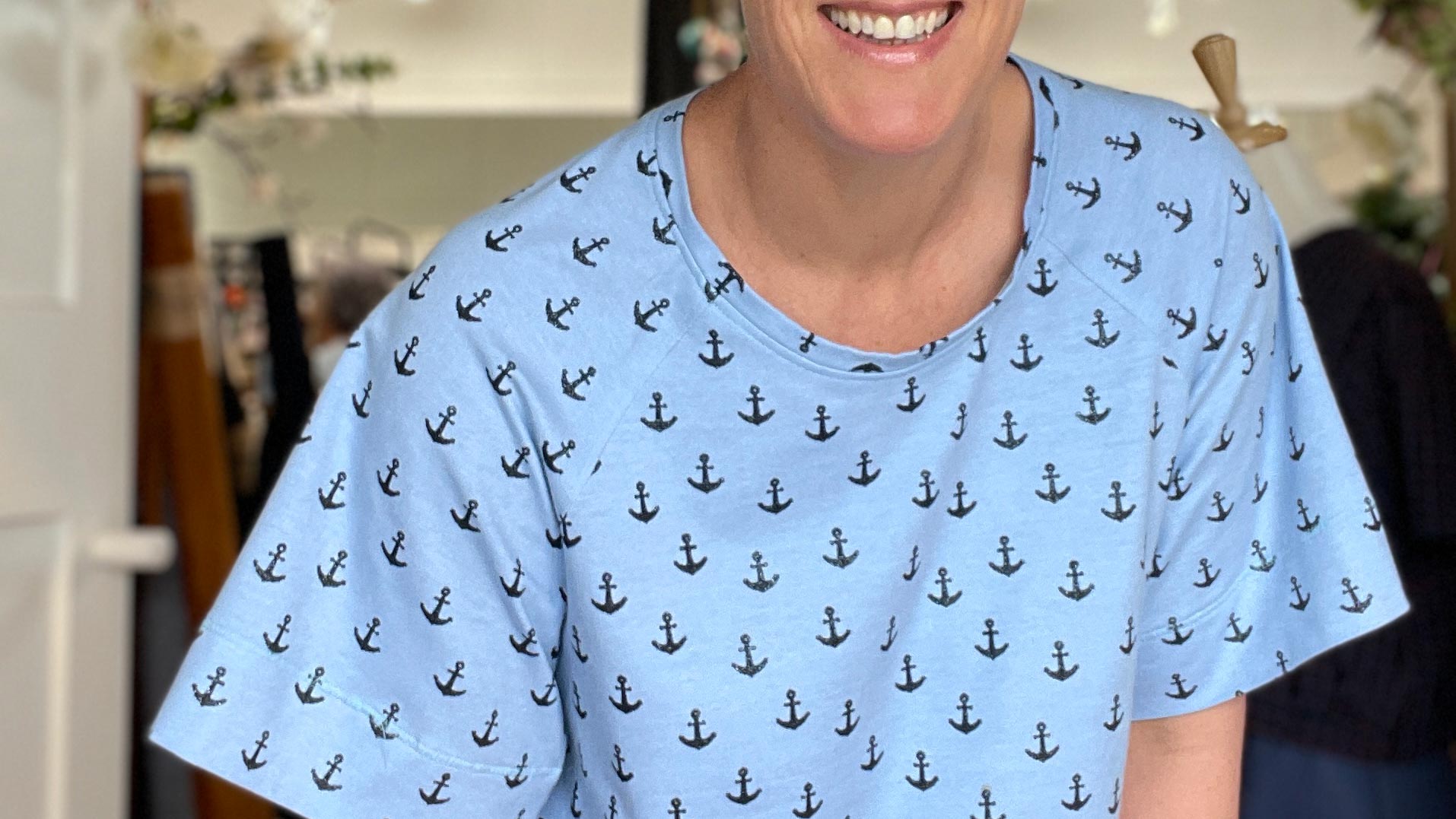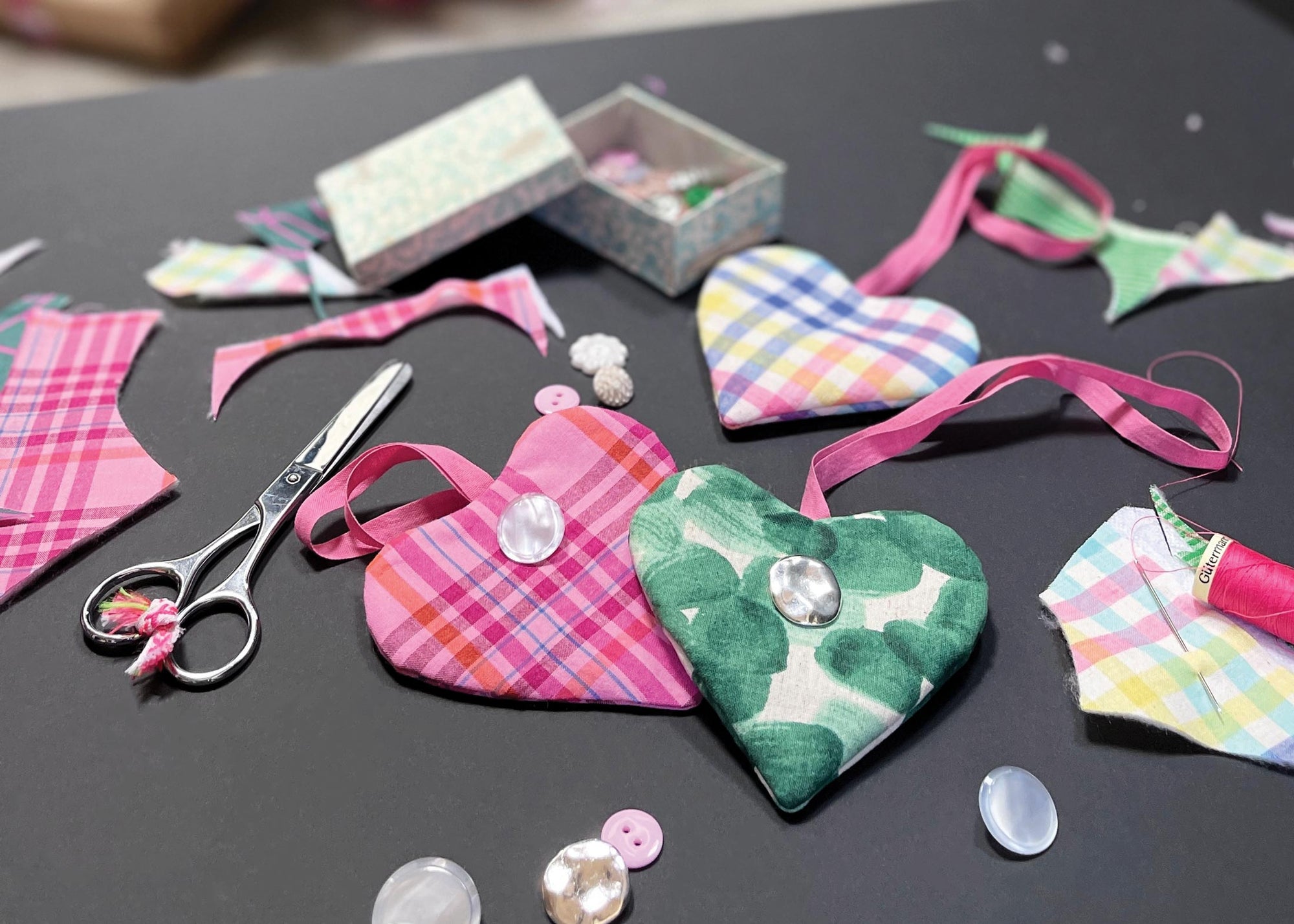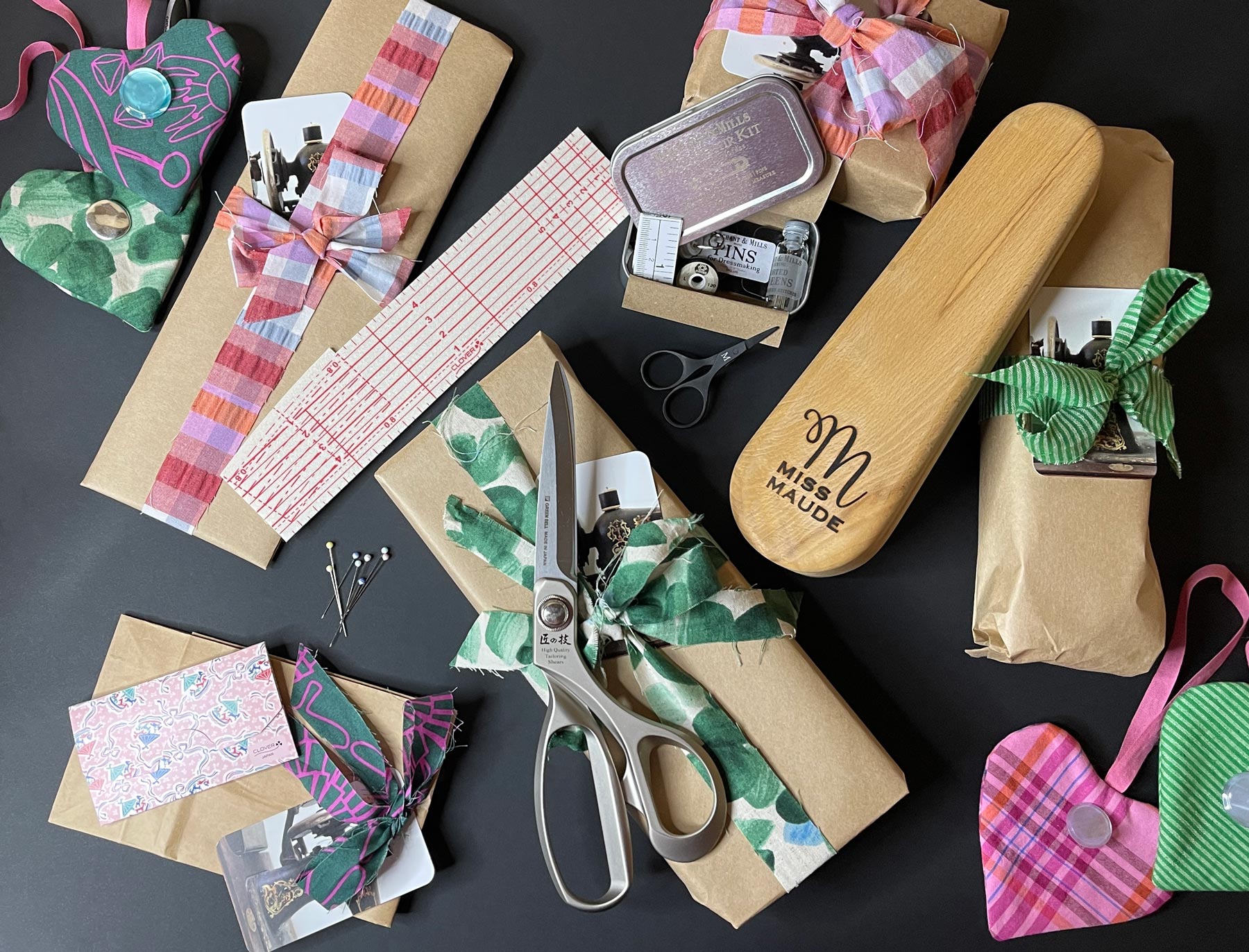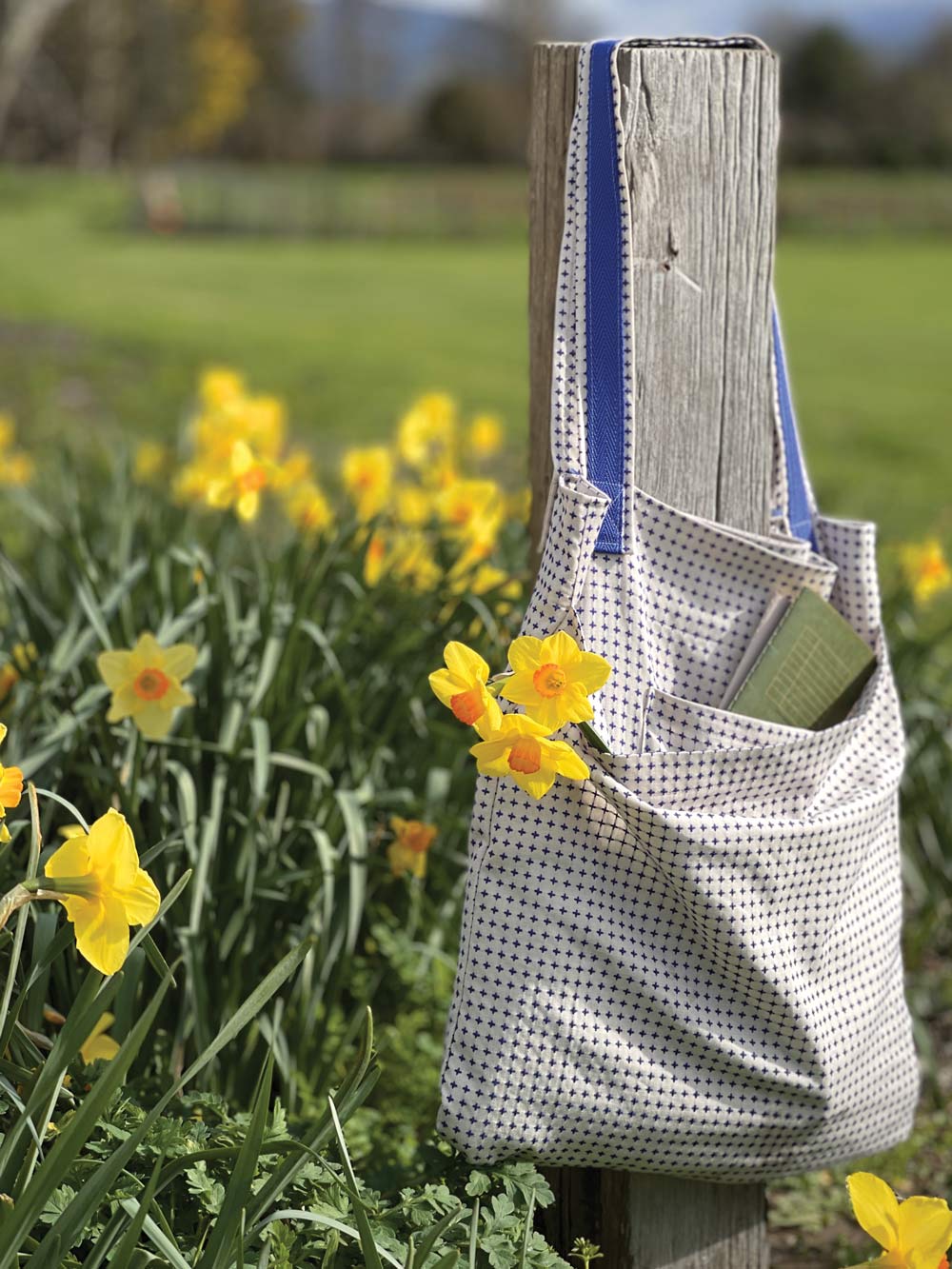
Plackets can be overlooked as a merely functional part of the shirt. However it can be a great opportunity to personalise your shirt to make it unique.
The placket on The Assembly Line Oversized Shirt is a simple and easy construction method as it is all in one piece.
Tips
Label the Pattern Pieces
The right and left shirt placket are constructed differently, to help avoid confusion label the sides of the shirt left and right as they would sit when worn (not as you look at them in front of you).
Pin and Hold the Placket Firmly when Sewing
When sewing down the placket the fabric can move slightly, resulting in the placket not sitting straight, this can happen despite ironing the fabric and pinning it down.
The photo below shows how the placket ended up not sitting straight when sewn the first time by just feeding it through the sewing machine.

How you hold the fabric when it is going through the machine makes a big difference. Set the fabric up under the sewing machine foot ready to start sewing - gently hold the fabric (with your right hand) at right angles to keep it taut as it feeds through the machine. Along with pins, this method reduces the amount of fabric movement.

Eliminating the movement results in a much neater and more accurate placket.
French Placket
The instructions for the Oversized Shirt are for a version of a French Placket. The instructions are to fold the fabric under, to the wrong side and sew along the 1cm seam allowance. This is so that you are able to do a mitred corner and results in a lovely clean finish.
From the right side there will be no visible stitching except for the button holes.

This type of finish is ideal if you have a patterned fabric and don't want to disrupt the design.

Customise!
This means it is a blank slate for some top stitching! You could do it on one or both sides of the placket.

Standard or Plain Placket
The Oversized Shirt pattern can be manipulated to create a version of a standard or plain placket, but it does mean eliminating the mitred corner on the hem and just having a standard hem. A standard placket is good for adding interest to a shirt that is made with plain fabrics.
The fabric is folded to the RIGHT side of the fabric so it is a far more visible placket.
There are a couple of simple changes you will need to do:
Step One - Left Hand Placket
- The construction of the left hand side of the shirt will stay the same as the Assembly Line instructions until you do the mitred corner.
 Step 2. Right Hand Placket
Step 2. Right Hand Placket- On the right hand shirt front, place the interfacing on the right side of the fabric, 1cm away from the edge of the fabric. (On the original pattern the interfacing is on the wrong side of the fabric).

- Fold over the placket on to the right side of the fabric and topstitch 5mm from the edge of the folded over part to secure the fabric down.
- Top stitch 5mm from the outer edge.
 While we have used white thread, the world is your oyster and you could coordinate the topstitching with the colour of the buttons, or use the stitching to pull out a colour of the fabric you are using.
While we have used white thread, the world is your oyster and you could coordinate the topstitching with the colour of the buttons, or use the stitching to pull out a colour of the fabric you are using.
Checklist for sewing a placket
- Mark out and iron the placket so that it is accurate.
- Label the right and left front piece to avoid confusion.
- Use an interfacing of the correct weight and finish. For our samples and the finished shirt we used the Mid-heavy Weight Woven Interfacing. Always test the interfacing on your fabric to make sure it works correctly.
- Press well at every stage.
________
Below are the different stages to making a shirt, if there is a particular part of the shirt making process that you are interested in then you can go straight to it!
- Sewing your own shirt - an introduction
- Review of the Oversized shirt
- Anatomy of a shirt
- Sewing Cuffs
- Sewing Collars
- Seam Finishes
SAVE IT FOR LATER....








